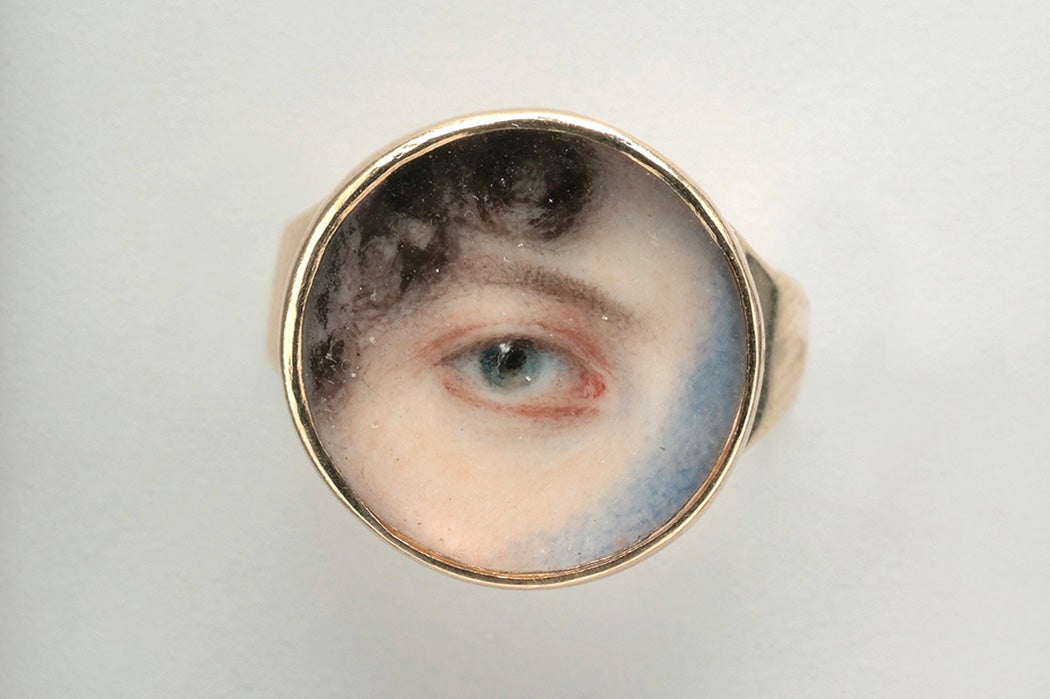In 1784 Maria Fitzherbert was twice widowed and just coming out of mourning into London society when she met the Prince of Wales—the future George IV—who was then twenty-one to her twenty-seven. He was immediately enthralled. Never mind that she was both a Catholic and a commoner, two big strikes against her ever being accepted by his father, King George III. The prince was defiantly infatuated and ardent in his pursuit of marriage, even threatening suicide if she would not have him. Fitzherbert, for her part, thought it was best to flee the country when her relentless admirer proposed.
As art historian Hanneke Grootenboer relates in The Art Bulletin, Fitzherbert soon received a letter from the prince, which included a curious token: a small painting of a single eye. He wrote, “if you have not totally forgotten the whole countenance. I think the likeness will strike you.” Grootenboer explains that it “was a very small miniature painting of the prince’s right eye created by his friend the celebrated miniaturist Richard Cosway.” Shortly after, Fitzherbert returned to England and secretly married the prince, later giving him a matching painting of her own gazing eye.
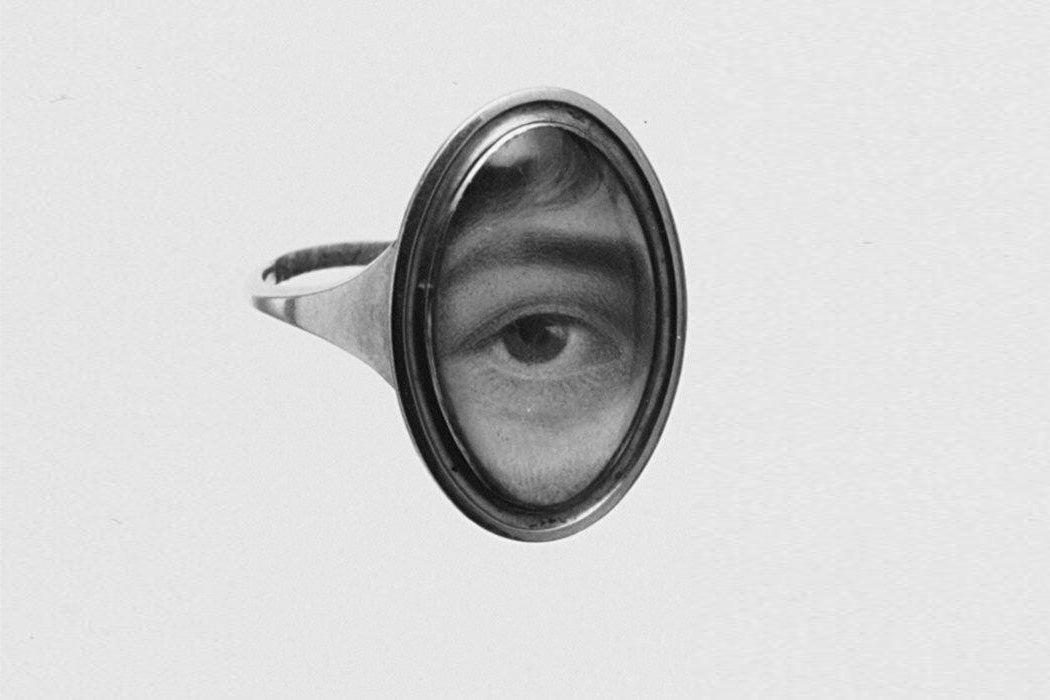
Their marriage was not considered valid due to the lack of royal consent, but the lore around the eye paintings endured, inspiring a fashion for such tokens. While miniature portraits were already popular in eighteenth-century England, they were often private objects viewed solely by the wearer. Yet an eye portrait could be worn boldly on a bracelet, ring, stickpin, pendant, or brooch, with the identity of the subject a mystery.
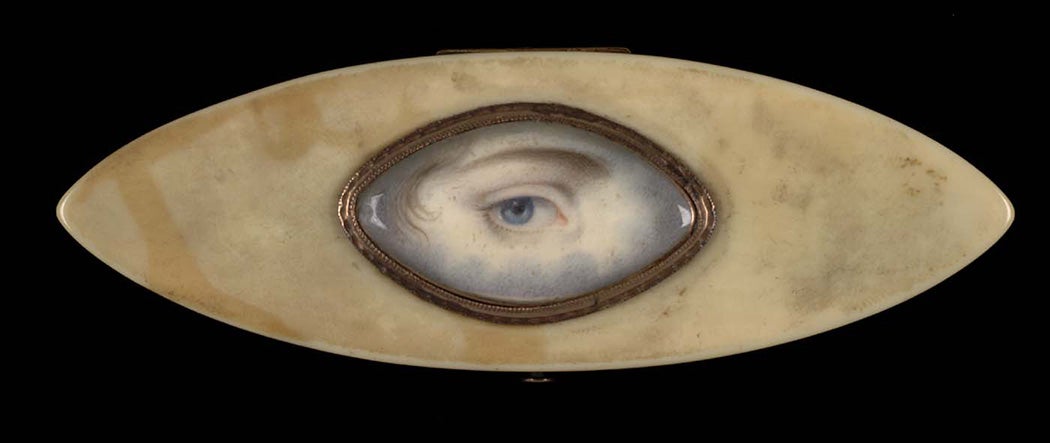
Similar to exchanging locks of hair, the eye portraits helped keep a person close, even when separated by distance or the decorum of Georgian courtship, which limited public romantic gestures. They also channeled a desire to be seen. Art historian Marcia Pointon explores this context in The Art Bulletin, noting that the “word gaze in this period denotes a fixity of looking or staring that implies a degree of self-consciousness on the part of the looker and the looked at.” So the eye miniatures are not only standing in for an absent person like a miniature portrait would, they’re evoking that charged act of looking. Painted with incredible detail in watercolor on ivory, they also evoked a vigilant stare to remind the wearer to be faithful while their beloved was away.
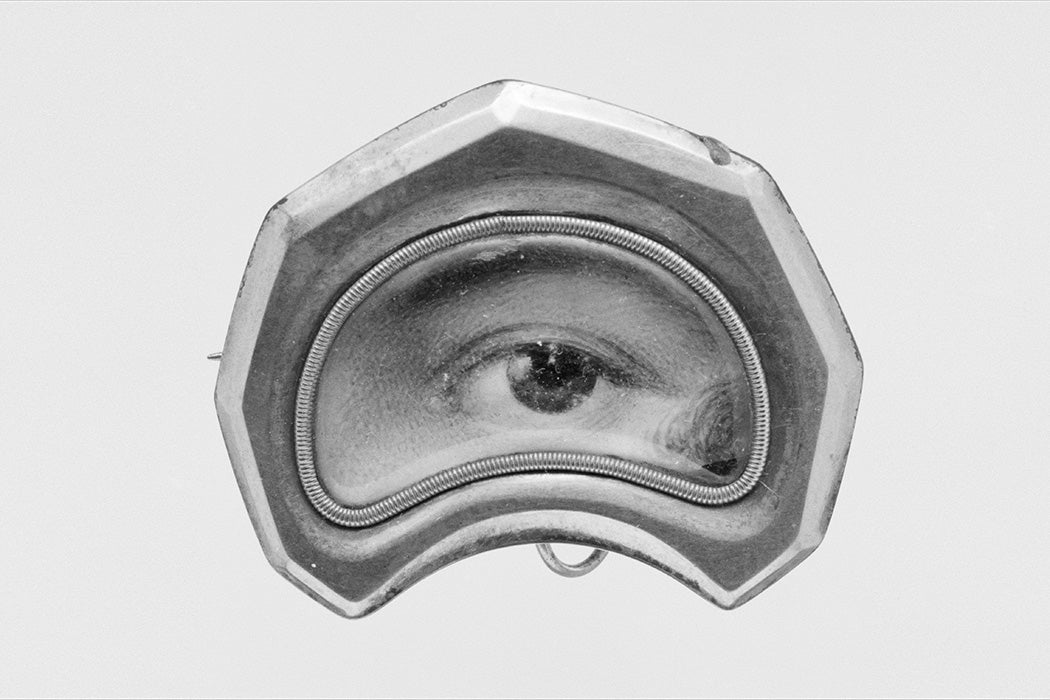
Although commonly called “lover’s eyes” for this fad in courtship, the eye paintings later became part of Victorian mourning jewelry. Sometimes the eye representing the departed would be adorned with pearl or diamond teardrops, as if the deceased were weeping for their own death. Because the identities of the subjects are now frequently unknown, it’s often hard to identify which paintings were for love and which were for mourning. The artist, too, can be obscure; aside from famed miniaturists like Cosway and George Engleheart, many did not sign their names. Helen J. McClenahan, in cataloguing eye portraits in 1930 for the Pennsylvania Museum, posited that this was likely because of “their minuteness” in size, although with “political ones the name was probably omitted as a protection to the artist.”
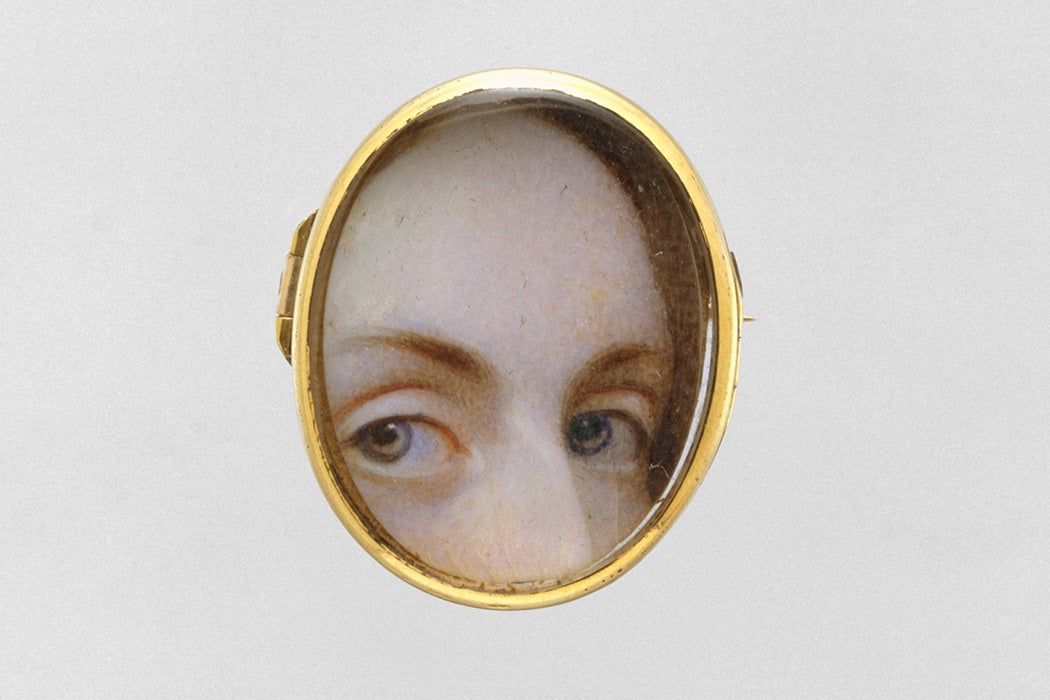
Because the fashion for the eye miniatures was relatively brief—roughly from 1785 to the mid-nineteenth century—examples are now rare. The curious paintings have intrigued collectors over the years, yet the assembly of all those ogling eyes in a gallery can be unnerving. At least that was the case in 1917, when Alyn Williams, founder and president of the Royal Miniature Society in London, reported on an exhibition for The Art World, stating that “after living amongst these tiny portraits for several days I felt rather in sympathy with one adverse critic who said these ever-watchful eyes made him so nervous that he wanted to get at them with a coke hammer!”
Weekly Newsletter
One of the largest collections is now held by David and Nan Skier, who have amassed over 100 examples of the portraits, selections of which were exhibited in 2012 at the Birmingham Museum of Art in Alabama. They also appear as enigmatic oddities among the miniatures in museum collections, such as one blue eye from 1800 embedded on an elliptical box at the Smithsonian American Art Museum, and a languid eye framed with pearls at the Philadelphia Museum of Art. Only the people who once held these paintings close knew what these looks meant and whose watchful gazes they immortalized.
